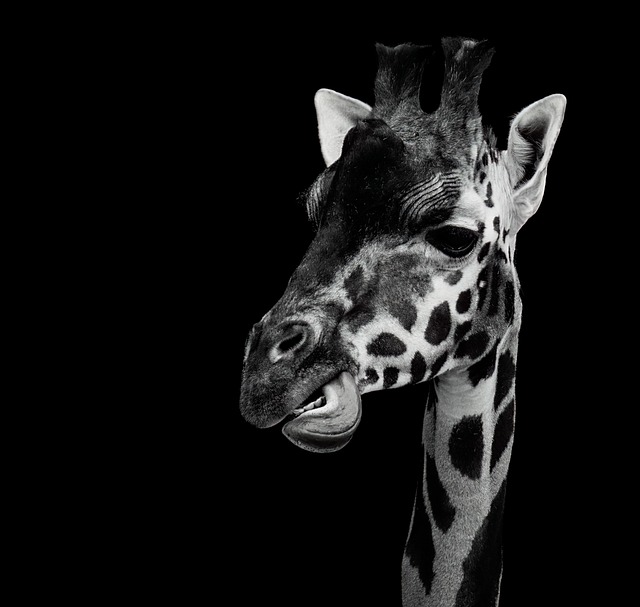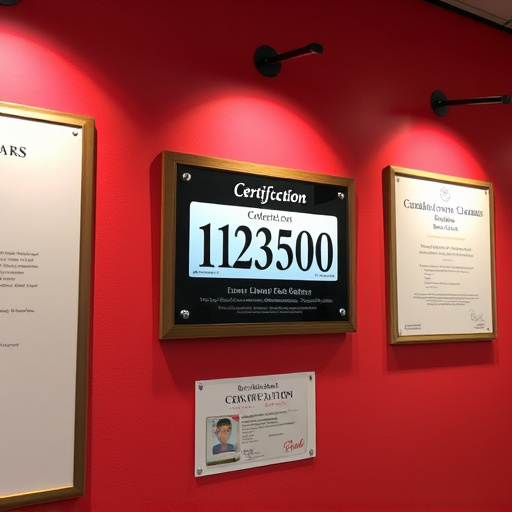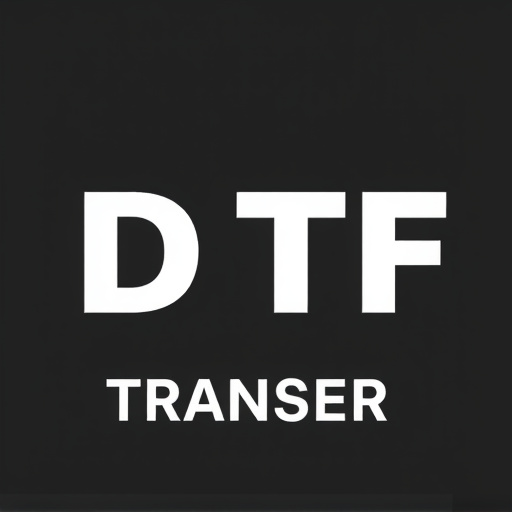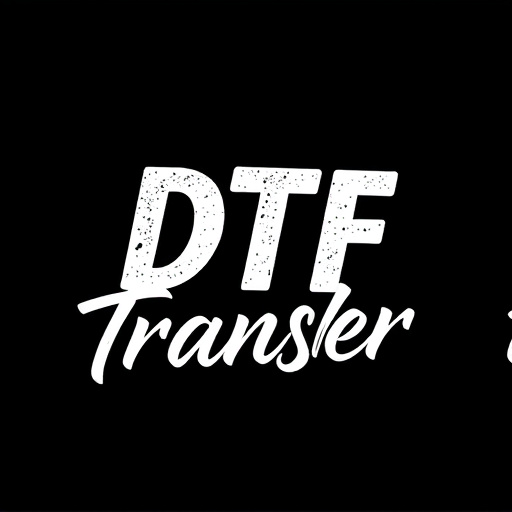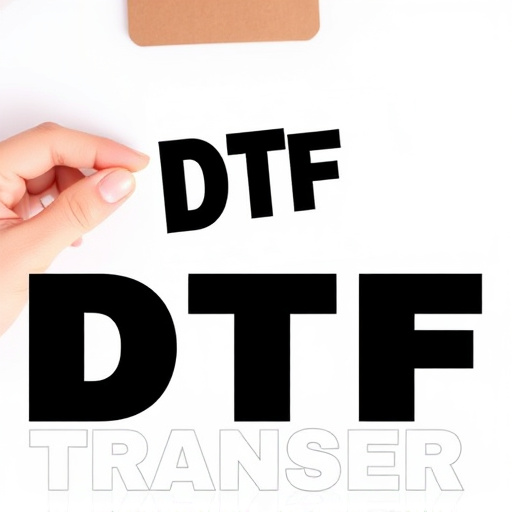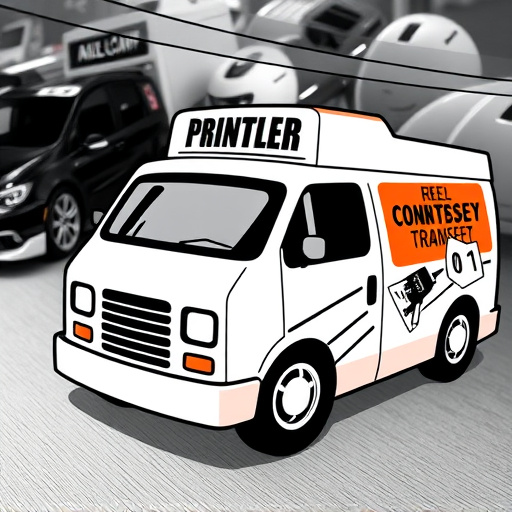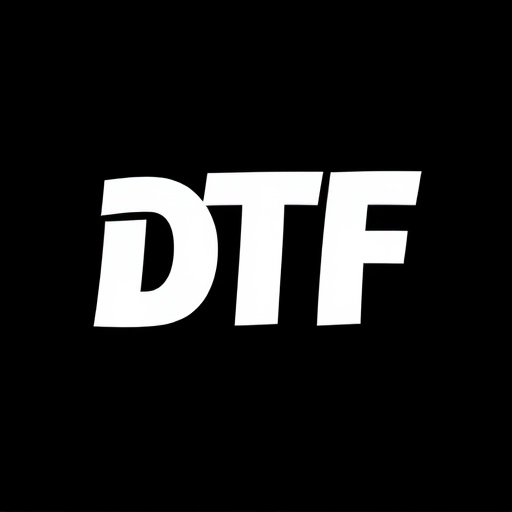Direct-to-film (DTF) transfer technology revolutionizes art and photography reproduction by creating high-quality, durable prints directly on various film mediums. This innovative process involves preparing digital images, printing them with ultra-high-resolution inkjet printers onto chosen films, and then transferring the print to a final substrate like canvas or fine art paper. DTF offers exceptional detail, vibrant colors, and unique texture, making it popular for artistic expression and display. As a cost-effective solution, DTF eliminates intermediate steps, saves time, reduces errors, and maintains original film details, ideal for independent filmmakers. The process involves calibrating settings and printing onto various substrates like vinyl or fabric, suitable for signage, apparel, and decorations. Selecting a reputable DTF service, considering experience, material handling, capacity, and transparent pricing, ensures high-quality transfers without additional preparation fees. DTF democratizes design, enabling prompt and affordable creation of creative visions from custom apparel to promotional items and fine art exhibitions.
Direct-to-film (DTF) transfers are transforming the way filmmakers and printing professionals create physical prints. This innovative process allows for precise, high-quality recreations of digital files on various media, from 35mm to large format. In this comprehensive guide, we explore the benefits of DTF transfer, delve into the step-by-step process, and provide key factors to consider when choosing a DTF printing service. We also examine case studies showcasing successful DTF prints and their impact on visual storytelling, all while highlighting the cost-effective solutions available by eliminating additional preparation charges.
- Understanding Direct-to-Film (DTF) Transfer: A Comprehensive Overview
- Benefits of DTF Transfer for Filmmakers and Printing Professionals
- The Process: From Digital File to Physical Print
- Choosing the Right DTF Printing Service: Key Factors to Consider
- Cost-Effective Solutions: Eliminating Additional Preparation Charges
- Case Studies: Successful DTF Prints and Their Impact on Visual Storytelling
Understanding Direct-to-Film (DTF) Transfer: A Comprehensive Overview
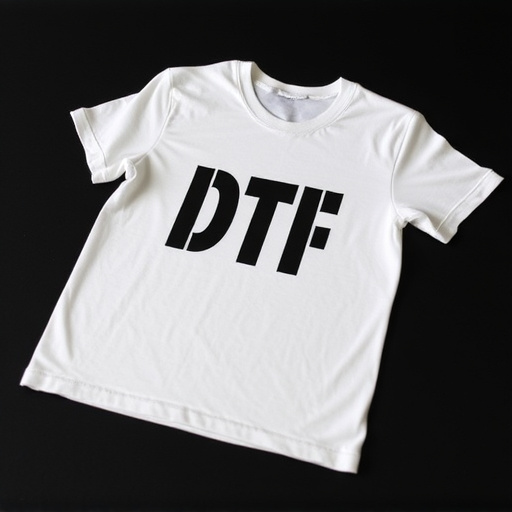
Direct-to-film (DTF) transfer is a cutting-edge printing technology that has revolutionized the way we reproduce and display images, especially in the world of art and photography. This innovative process allows for the creation of high-quality, durable prints directly onto various types of film, eliminating the need for intermediate steps. With DTF, artists and printers can achieve exceptional detail, vibrant colors, and a unique texture that mimics traditional film photography.
The DTF transfer process involves several key steps. Firstly, the desired image is digitally prepared and optimized for printing. Then, specialized inkjet printers use ultra-high-resolution technology to deposit ink onto the chosen film medium, which could range from conventional photographic papers to more experimental materials. This direct application of ink ensures a precise and accurate representation of the original artwork or photograph. Once the ink dries, the print is carefully transferred from the film to a final substrate, such as canvas or fine art paper, creating a stunning DTF print ready for display or framing.
Benefits of DTF Transfer for Filmmakers and Printing Professionals

Direct-to-film (DTF) transfers offer a streamlined and cost-effective solution for filmmakers and printing professionals alike. One of the primary benefits is its simplicity; DTF allows for direct printing onto film stock, eliminating the need for intermediate steps. This not only saves time but also reduces potential errors introduced during multiple handling processes. Filmmakers can quickly translate their digital negatives into physical prints, ensuring a more efficient workflow.
Additionally, DTF provides high-quality results, maintaining the intricate details and vibrant colors of the original film. This is particularly advantageous for independent filmmakers or those working with niche, specialized films who require accurate representation during printing. By avoiding additional preparation charges, DTF becomes an attractive option, enabling professionals to stay within budget while delivering exceptional DTF prints tailored to their creative vision.
The Process: From Digital File to Physical Print

The process of a direct-to-film (DTF) transfer involves transforming a digital file into a physical print with minimal preparation charges. It starts with the client providing their digital asset, such as a high-resolution image or video clip, to the printing service. This digital file is then carefully examined and prepared for printing using specialized software. The DTF method ensures optimal color accuracy and detail reproduction by calibrating settings like resolution, color profile, and print media type.
Once prepared, the digital file is sent to a printer capable of handling DTF printing. The printer then lays down layers of ink or dye onto the chosen substrate—be it vinyl, fabric, or another material—to create the final print. This process allows for intricate designs, vibrant colors, and precise positioning, making DTF transfers ideal for various applications like signage, apparel, and decorations. The end result is a high-quality physical print that matches the digital original, delivered at competitive rates without additional preparation charges.
Choosing the Right DTF Printing Service: Key Factors to Consider
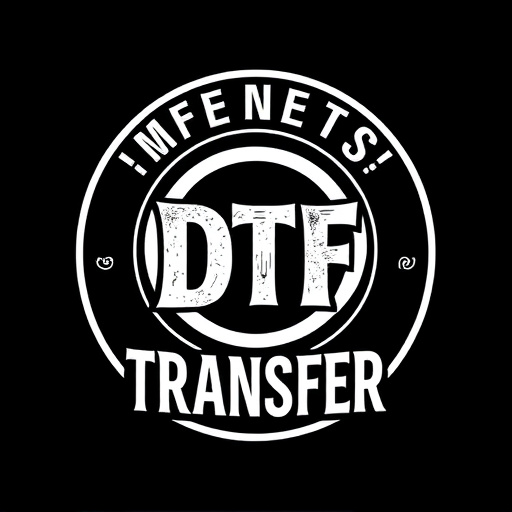
When selecting a Direct-to-Film (DTF) printing service, several crucial factors come into play to ensure you receive high-quality DTF transfers without extra fees for preparation. Firstly, consider the experience and expertise of the service provider. Opting for a well-established company with a proven track record in DTF printing guarantees better results. These firms often have a deep understanding of various materials and techniques, allowing them to adapt to your specific needs.
Additionally, review their capacity and turnaround time. If you’re preparing for a large-scale event or have a tight deadline, choose a service that can accommodate your volume promptly. Many DTF printing services offer online platforms where you can easily upload designs and receive transparent pricing, including any potential preparation charges. This convenience ensures a seamless experience from start to finish.
Cost-Effective Solutions: Eliminating Additional Preparation Charges
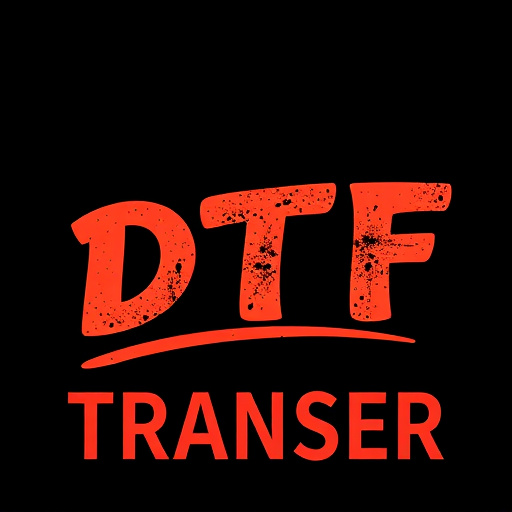
Direct-to-film (DTF) transfers offer a cost-effective solution for businesses and individuals looking to print high-quality images and graphics without incurring additional preparation charges. This innovative process eliminates the need for complex setup procedures, as the design is directly transferred onto the printing medium, be it fabric, metal, or other surfaces. By streamlining the production process, DTF allows for quicker turnaround times and more affordable pricing, making it an attractive option for a wide range of projects.
DTF Printing’s simplicity does not compromise quality. Advanced technologies ensure precise color reproduction and vibrant images, suitable for everything from custom apparel to promotional items. Businesses can now create personalized products without the usual hidden costs associated with traditional printing methods. This accessibility has democratized design, enabling folks to bring their creative visions to life promptly and efficiently, all while keeping expenses low.
Case Studies: Successful DTF Prints and Their Impact on Visual Storytelling
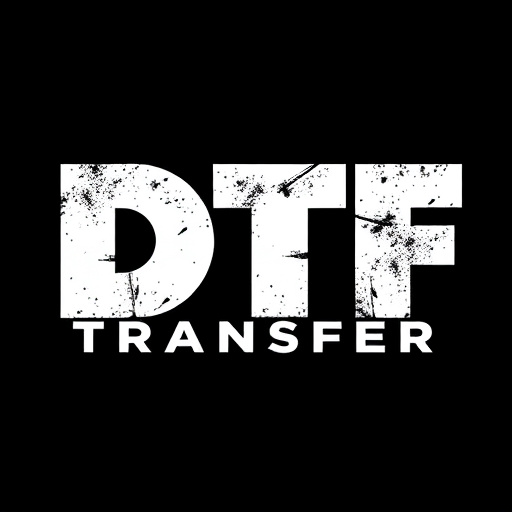
Direct-to-film (DTF) transfers have revolutionized visual storytelling by offering a cost-effective and efficient way to produce high-quality prints directly from digital files. Case studies show that successful DTF prints have had a significant impact across various industries, from fine art exhibitions to commercial films. These prints showcase the exceptional detail and color accuracy achievable through DTF technology, allowing artists and filmmakers to preserve their vision without additional preparation charges.
For instance, DTF has been instrumental in independent filmmaking, enabling creators to produce stunning visuals with limited budgets. Similarly, in the realm of fine art, DTF transfers have fostered a new era of creativity, where artists can experiment with different mediums and techniques while maintaining the original aesthetic. The success of these DTF prints underscores the technology’s potential to democratize access to high-quality printing, making it an indispensable tool for visual storytelling in today’s digital landscape.


